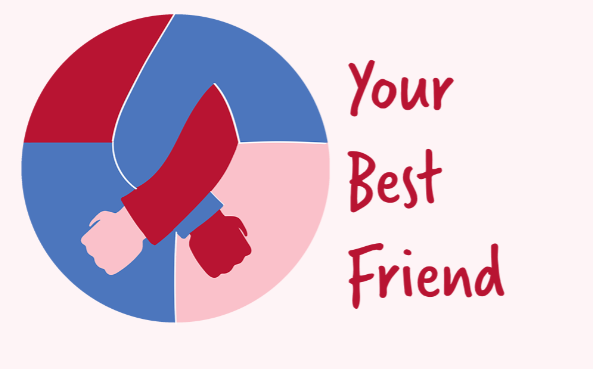Covid-19 and the domestic abuse sector
Responding to the Covid-19 pandemic was a huge challenge for us and the wider domestic abuse sector. Read more about its impact on the frontline and what we learned.
Welcome to our brand new website, providing you with easier access to our training, research and resources!
Guidance designed to help young people who were experiencing domestic abuse in the family home or in their own relationship
Creating during the Covid-19 pandemic, this guidance is designed to help young people who were experiencing domestic abuse in the family home or in their own relationship.
It contains pointers suggested by young people and practitioners, covering:


Sign up to receive our monthly newsletters about the latest training, events, research and fundraising initiatives at SafeLives. Together, we can end domestic abuse, for everyone, for good.